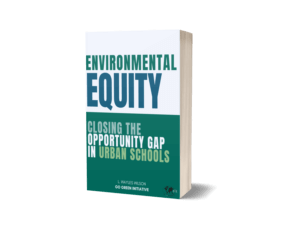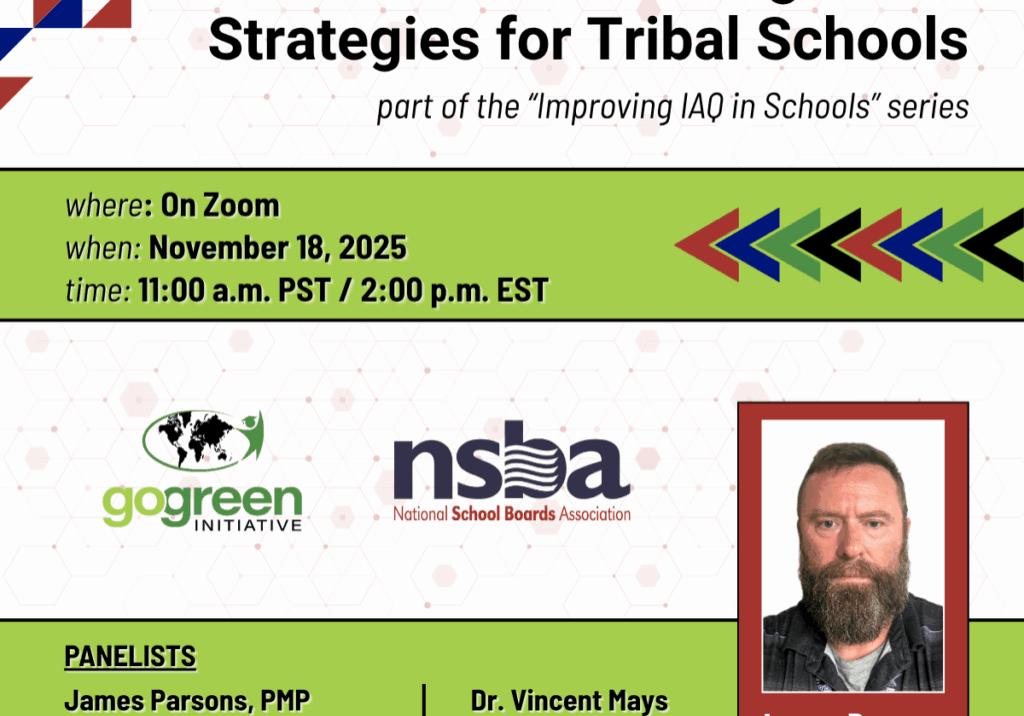November 29, 2022 | In District Services, Resources, Sustainability
Environmental Equity: Closing the Opportunity Gap in Urban Schools
As the one year anniversary of Environmental Equity: Closing the Opportunity Gap in Urban Schools approaches, it is time to properly celebrate the importance for our work. 
This book showcase sustainability work in schools through 3 parts:
- What is sustainability in a school?
- What can schools do to improve outcomes for kids immediately?
- Case Studies of how 3 districts have approached sustainability
Author, Wayles Wilson, a consultant for GGI, echos our sentiments that urban schools can ensure environmental equity and close the opportunity gap for students by improving:
- indoor air and water quality,
- reducing solid waste,
- minimizing non-renewable energy usage, &
- providing nutritious food
Achieving Environmental Equity through School-Based Sustainability
Outlined in the book are various ways schools can implement plans to improve environmental equity. These steps include:
- Various sustainability projects that are proven most successful
- Clear ways to measure and document success for administrators and leaders
- Sample sustainability projects for school implementation
- Ways organizations, such as GGI, can support district efforts
- How-to guides for schools who want to begin sustainability efforts
For a favorite tip, check out Part 3 for a formula on how to make sustainability happen!
On Go Green Radio
 Jill Buck, CEO of Go Green Initiative, hosted a podcast episode with Wayles to discuss the book further. They talk about ways the book demonstrates how school districts in even the most financially strapped regions can improve learning environments, lives, and achievement of every member of a school community.
Jill Buck, CEO of Go Green Initiative, hosted a podcast episode with Wayles to discuss the book further. They talk about ways the book demonstrates how school districts in even the most financially strapped regions can improve learning environments, lives, and achievement of every member of a school community.
“It’s not enough to prepare our children for the future. We must prepare the future for our children.” -Jill Buck, CEO, GGI
Get your copy of Environmental Equity: Closing the Opportunity Gap in Urban Schools on Amazon today!
Resources referenced in the book are available online.



